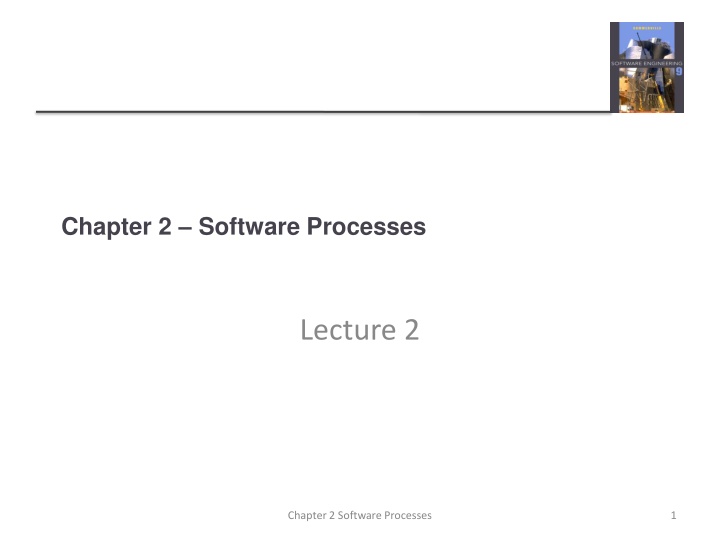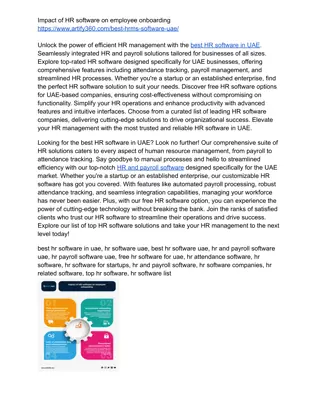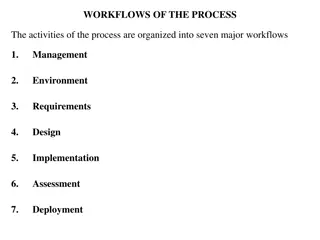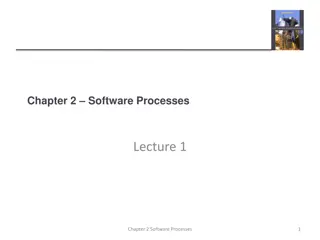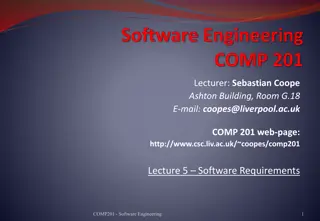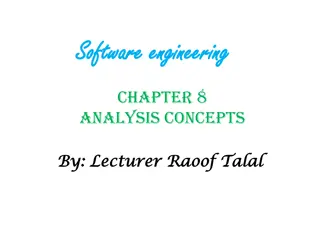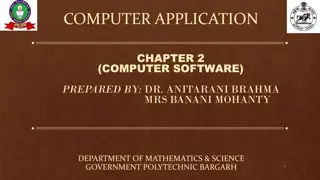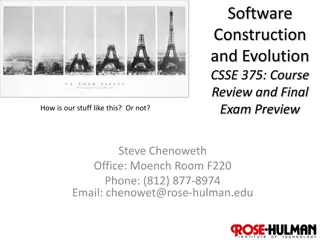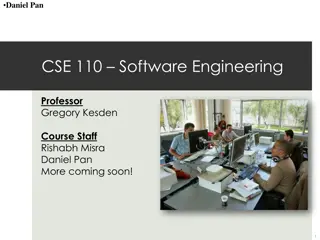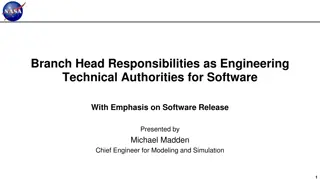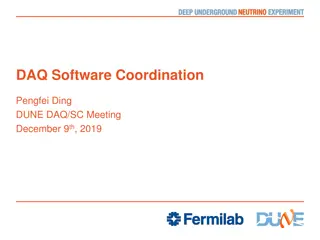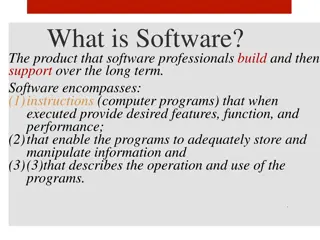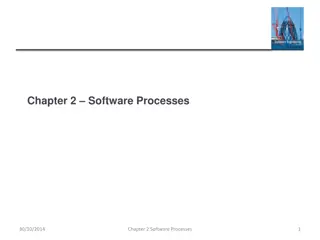Software Development Processes and Challenges
Incremental development offers benefits such as reduced costs, faster feedback, and more rapid delivery. However, challenges like visibility issues and system structure degradation can arise. Reuse-oriented software engineering focuses on systematic reuse for building business systems. Different types of software components include web services, object collections, and standalone systems.
Download Presentation

Please find below an Image/Link to download the presentation.
The content on the website is provided AS IS for your information and personal use only. It may not be sold, licensed, or shared on other websites without obtaining consent from the author.If you encounter any issues during the download, it is possible that the publisher has removed the file from their server.
You are allowed to download the files provided on this website for personal or commercial use, subject to the condition that they are used lawfully. All files are the property of their respective owners.
The content on the website is provided AS IS for your information and personal use only. It may not be sold, licensed, or shared on other websites without obtaining consent from the author.
E N D
Presentation Transcript
Chapter 2 Software Processes Lecture 2 Chapter 2 Software Processes 1
Incremental development Chapter 2 Software Processes 2
Incremental development benefits The cost of accommodating changing customer requirements is reduced. The amount of analysis and documentation that has to be redone is much less than is required with the waterfall model. It is easier to get customer feedback on the development work that has been done. Customers can comment on demonstrations of the software and see how much has been implemented. More rapid delivery and deployment of useful software to the customer is possible. Customers are able to use and gain value from the software earlier than is possible with a waterfall process. Chapter 2 Software Processes 3
Incremental development problems The process is not visible. Managers need regular deliverables to measure progress. If systems are developed quickly, it is not cost-effective to produce documents that reflect every version of the system. System structure tends to degrade as new increments are added. Unless time and money is spent on refactoring to improve the software, regular change tends to corrupt its structure. Incorporating further software changes becomes increasingly difficult and costly. Chapter 2 Software Processes 4
Reuse-oriented software engineering Based on systematic reuse where systems are integrated from existing components or COTS (Commercial-off-the-shelf) systems. Process stages Component analysis; Requirements modification; System design with reuse; Development and integration. Reuse is now the standard approach for building many types of business system Reuse covered in more depth in Chapter 16. Chapter 2 Software Processes 5
Reuse-oriented software engineering Chapter 2 Software Processes 6
Types of software component Web services that are developed according to service standards and which are available for remote invocation. Collections of objects that are developed as a package to be integrated with a component framework such as .NET or J2EE. Stand-alone software systems (COTS) that are configured for use in a particular environment. Chapter 2 Software Processes 7
Process activities Real software processes are inter-leaved sequences of technical, collaborative and managerial activities with the overall goal of specifying, designing, implementing and testing a software system. The four basic process activities of specification, development, validation and evolution are organized differently in different development processes. In the waterfall model, they are organized in sequence, whereas in incremental development they are inter- leaved. Chapter 2 Software Processes 8
Software specification The process of establishing what services are required and the constraints on the system s operation and development. Requirements engineering process Feasibility study Is it technically and financially feasible to build the system? Requirements elicitation and analysis What do the system stakeholders require or expect from the system? Requirements specification Defining the requirements in detail Requirements validation Checking the validity of the requirements Chapter 2 Software Processes 9
The requirements engineering process 10
